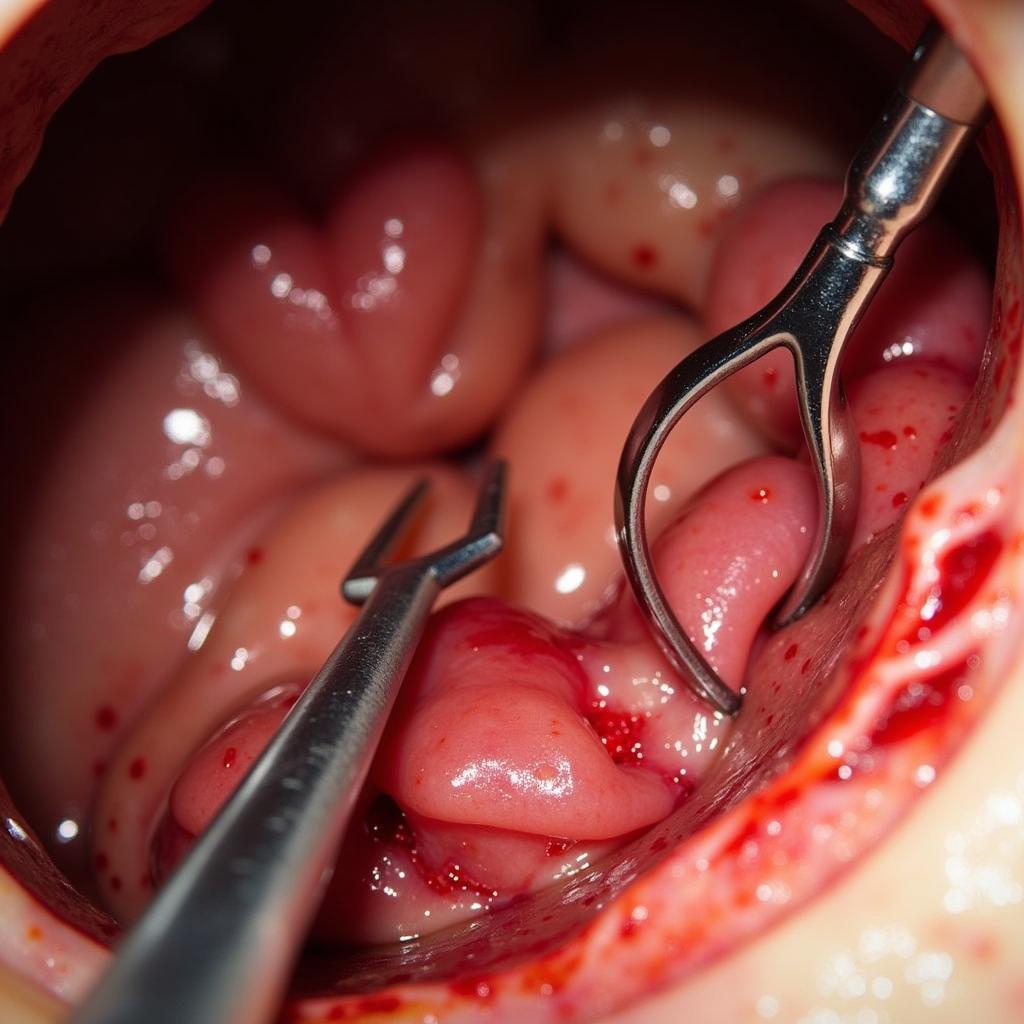Surgical tools have revolutionized patient care, offering minimally invasive procedures, faster recovery times, and improved precision. From the simplest scalpel to the most advanced robotic surgical system, these instruments have dramatically altered the landscape of medicine and continue to evolve at a rapid pace.
The Evolution of Surgical Tools: From Crude to Cutting-Edge
Surgical tools have come a long way from their rudimentary beginnings. Early surgical instruments were often simple, hand-crafted tools made from materials like bronze and obsidian. These tools, while effective in their time, lacked the precision and specialized functionality of modern instruments. The development of anesthesia and antiseptic techniques in the 19th and 20th centuries paved the way for more complex surgical procedures and consequently, a demand for more advanced surgical tools. This period saw the emergence of specialized instruments like forceps, clamps, retractors, and specialized scissors designed for specific surgical tasks.
The latter half of the 20th century witnessed the rise of minimally invasive surgery, driven by the development of endoscopes and laparoscopes. These tools allowed surgeons to perform procedures through small incisions, significantly reducing patient trauma, scarring, and recovery time.
 Minimally Invasive Surgery: Laparoscopic Tools in Action
Minimally Invasive Surgery: Laparoscopic Tools in Action
How Surgical Tools Enhance Patient Care: Precision, Minimally Invasive Procedures, and Faster Recovery
Modern surgical tools offer numerous advantages to patient care. One key benefit is enhanced precision. Instruments like microsurgical instruments and robotic surgical systems allow for incredibly precise movements, enabling surgeons to operate on delicate tissues and structures with minimal damage to surrounding areas. This level of precision leads to improved surgical outcomes, reduced complications, and faster healing.
Minimally invasive surgery, facilitated by tools like endoscopes and laparoscopes, has revolutionized many surgical fields. Smaller incisions mean less pain, less scarring, and a shorter hospital stay for patients. This translates to a quicker return to normal activities and improved quality of life.
 Robotic Surgery Console: Surgeon at Work
Robotic Surgery Console: Surgeon at Work
Furthermore, specialized surgical tools designed for specific procedures, such as arthroscopic instruments for joint surgery or neurosurgical instruments for brain surgery, enable surgeons to perform complex procedures with greater efficiency and effectiveness. This specialized instrumentation allows for more targeted interventions, reducing the risk of complications and improving patient outcomes.
The Future of Surgical Tools: Innovation and Advancement
The field of surgical tools continues to advance at a rapid pace. Innovations like 3D printing are enabling the creation of customized surgical instruments tailored to individual patient anatomy. Robotics and artificial intelligence are playing an increasingly important role in surgery, enhancing precision, dexterity, and surgical planning. Nanotechnology is being explored for drug delivery and targeted therapies. These advancements promise to further improve surgical outcomes, reduce recovery times, and enhance patient care.
 3D Printed Surgical Instruments: Customized for Patient Needs
3D Printed Surgical Instruments: Customized for Patient Needs
Conclusion: A Critical Component of Modern Medicine
Surgical tools are essential to modern medicine, providing surgeons with the tools they need to deliver the best possible care to their patients. From enhancing precision to enabling minimally invasive procedures, these instruments have significantly improved patient outcomes and continue to evolve, promising even greater advancements in the future. How Did Surgical Tools Advantages To Patient Care? They have revolutionized it, making procedures safer, more effective, and less invasive.
FAQ
-
What are the advantages of minimally invasive surgery? Minimally invasive surgery offers smaller incisions, less pain, reduced scarring, and faster recovery times.
-
How has robotics changed surgery? Robotics has enhanced surgical precision, dexterity, and enabled surgeons to perform complex procedures with greater control.
-
What is the future of surgical tools? The future of surgical tools includes advancements in 3D printing, robotics, artificial intelligence, and nanotechnology.
-
How do surgical tools impact patient care? Surgical tools directly impact patient care by enabling safer, more effective, and less invasive surgical procedures.
-
What are some examples of specialized surgical tools? Examples include arthroscopic instruments for joint surgery and neurosurgical instruments for brain surgery.
-
How have surgical tools improved over time? Surgical tools have evolved from simple hand-crafted instruments to sophisticated, specialized instruments and robotic systems.
-
Why is precision important in surgery? Precision minimizes damage to surrounding tissues, improves surgical outcomes, and reduces complications.
Need Assistance? Contact Us!
For any questions regarding car diagnostics and related topics, please contact us via:
WhatsApp: +1(641)206-8880
Email: [email protected]
Address: 910 Cedar Lane, Chicago, IL 60605, USA
Our customer service team is available 24/7 to assist you.

Leave a Reply